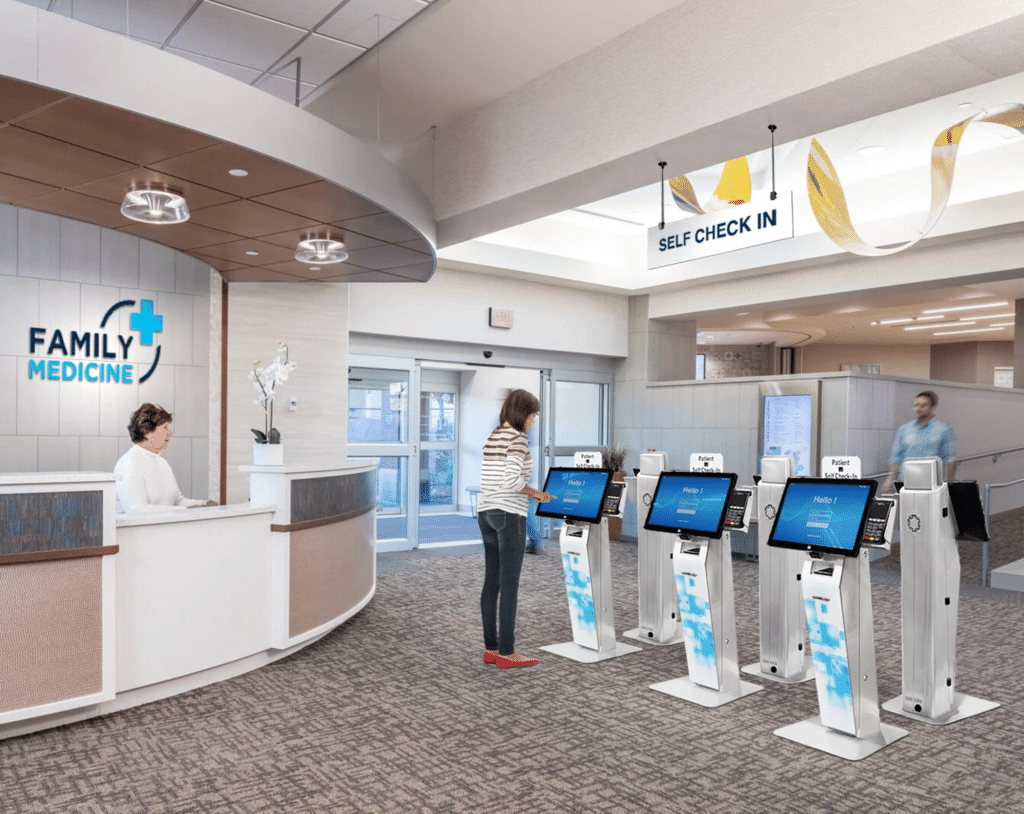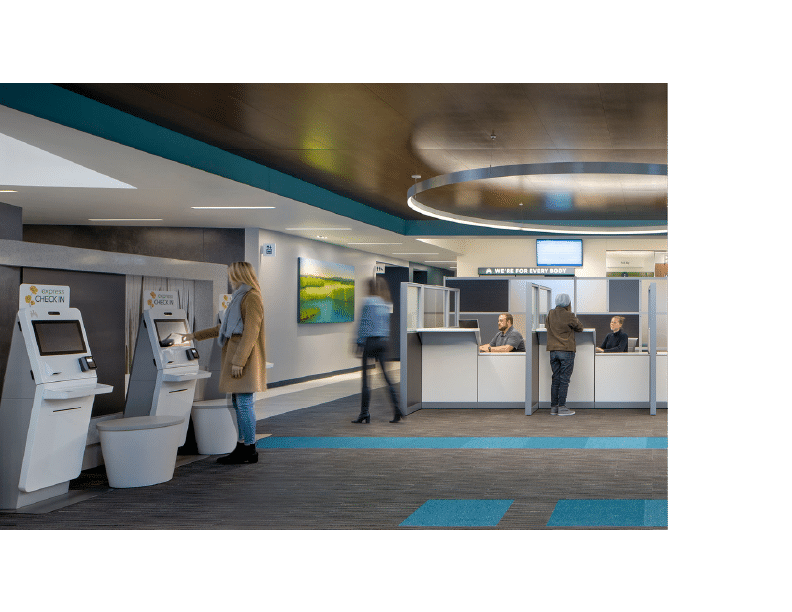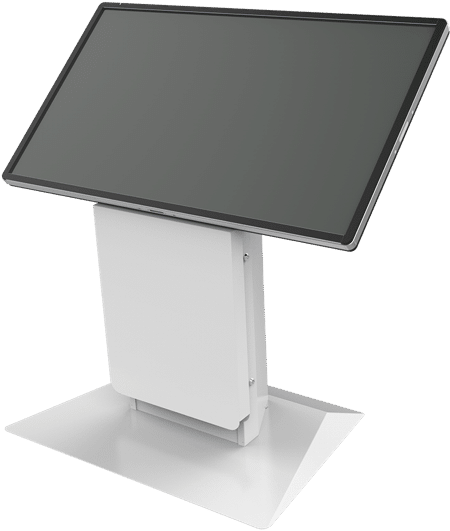As we see many businesses look to cut costs in our current economy, the scrutiny on spending continues to grow. In these economic downturns, it’s not uncommon to observe changes in the decision-making process when it comes to purchases like self-service kiosks.
When budgets are being slashed, it is still possible to make a great case for self-service because the machines are designed to help organizations maintain or improve their operational efficiency while reducing costs. We just have to be prepared to demonstrate how we will calculate the Return on Investment and then follow through in reporting those results.
As you work to build a business case for self-service technology, we review a number of data points here and how you can calculate the ROI and memorialize those details in the plan.
Calculating the return on investment (ROI) for self-service kiosks requires a few key steps to determine the financial impact of deploying the technology. Here’s how you can do it:
Step 1—Costs
Detail all the costs associated with self-service kiosks. This should incorporate the hardware, software, installation costs, ongoing maintenance, and support costs.
Step 2—The Savings
Determine the overall savings you expect to realize from implementing the self-service kiosks. This could include savings from reduced labor costs, increased efficiencies, and improved accuracy.
It should also include increased patient satisfaction because that is frequently associated with the deployment of self-service kiosks where the patient has been given more control over his or her visit. In non-healthcare environments, you would consider guest satisfaction or guest experience.
Labor Cost Savings:
Calculate the amount of time and labor currently spent on tasks that the kiosks will handle. This might include things like order-taking, payment processing, and information lookup. Multiply the hourly wage rate by the number of hours saved per day or per week to determine overall labor cost savings.
Savings are also seen in recruiting, training, employee benefits, and turnover. Kiosks don’t require training and they don’t take vacations or call in sick, so organizations do see savings associated with these employment costs.

Increased Efficiencies:
Consider how kiosks can help reduce wait times and improve throughput. Calculate the potential increase in sales or processing activity by assuming that customers who may have left due to long wait times will now stay and make a purchase. This could also include increased order accuracy and reduced errors.
Increased Collections/Higher Ticket
One of the observations taken from check-in kiosks deployed in healthcare facilities includes increased collections. When patients check-in on a kiosk and their profile comes up with a balance due, facilities are seeing an increase in collections taken at the kiosk vs. the counter check-in. At the counter, a team member would have to ask for that payment whereas the kiosk is programmed to ask for the payment each visit.
In environments outside of healthcare, higher tickets are a common observation. While the research suggests that people order more food, for example, when using self-service kiosks, it is also true that the software on the kiosk can be programmed to make certain offers to guests. The research indicates that organizations typically see 30% greater revenue from kiosks over human order-takers.
Step 3—Calculate ROI
Once you’ve determined the costs and savings associated with the self-service kiosks, you can calculate the ROI using the following formula:
ROI = (savings – costs) / costs
For example, if the cost of the self-service kiosks is $50,000 and the expected savings in the first 6 months is $62,400, the ROI would be:
ROI = ($62,400 – $50,000) / $50,000 = .248 or 24.8%
This means that the kiosk is expected to provide almost a 25% return on investment in the first 6 months.
Consider Other Factors
While the financial impact is an important factor in determining the ROI of self-service kiosks, there are other benefits to also consider. For example, the kiosks may improve other metrics that aren’t always traceable to a direct dollar impact but there are soft cost impacts that influence the customer experience or provide valuable data for future marketing efforts.
Let’s take a moment to specifically look at healthcare.
In healthcare, patients are increasingly expecting a seamless and convenient experience when they visit any healthcare provider. Check-in kiosks can help to reduce wait times, improve the speed of the check-in process and eliminate the need for patients to fill out paperwork. This can result in higher patient satisfaction scores, better patient retention rates, and a more positive reputation for the hospital or healthcare facility.
Another recent observation includes the comment that patients believe that facilities with kiosks appear more modern and provide the image of providing better care.
Improved Accuracy
With self-service kiosks, patients can input their own information directly into the system thereby reducing errors and inaccuracies that may occur with manual data entry.
Improved Data Management
Self-service kiosks can provide valuable data on patient check-in times, wait times, and other metrics that can be used to identify areas for improvement and optimize workflows.
Improved Compliance
Self-service kiosks can help to ensure that patients fill out all the necessary paperwork and provide all required information. This can help reduce the risk of compliance issues and ensure that all necessary information is collected. While each of these does provide some very tangible benefits to the bottom line, it’s important for us to ensure we follow through on our accountability and detail what those hard and soft savings look like. If you follow through and write up the business case filling in all the numbers, you’ll see how memorializing these numbers will help your cause in the long run.
If you are considering a kiosk project and need some assistance, contact us today. Our team is well-versed in understanding how to help you champion your project.


